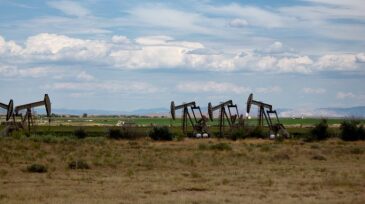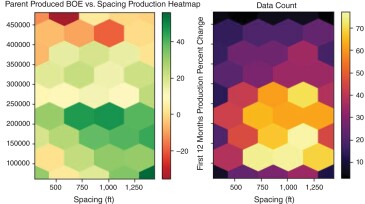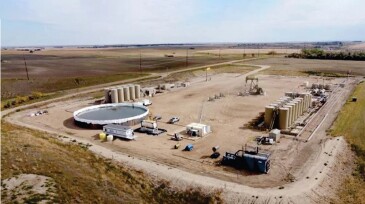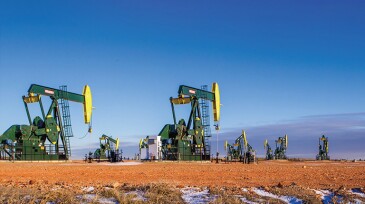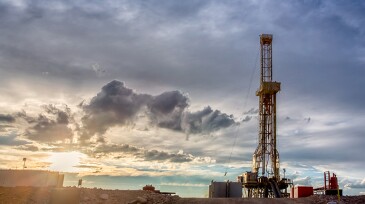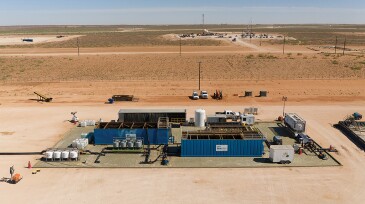Bakken shale
-
The authors of this paper compare case studies from the Bakken and the STACK plays to conclude that mineralogy, petrophysics, and reservoir-condition differences between basins cause differences in the effect of fracture-driven interactions.
-
Billionaire-founder boosts his original offer made in June to secure the deal.
-
The authors write that child-well performance increases with spacing and decreases with infill timing and that the parent cumulative production at child-well completion is an effective indicator of child-well performance.
-
Injecting gas plus water proved more effective and less costly than gas-only injection in the Bakken.
-
Cryptocurrency is not the only game in town when it comes to using natural gas at the wellhead to reduce flaring. There are self-driving cars, the coming “metaverse,” language processing, chat bots, and more, all of which require advanced computing and a lot of energy. The demand is driving an expansion of services for Crusoe Energy.
-
New research from Hess offers compelling evidence that two layers of tight rock can be treated as one and how passive wells can become oil producers.
-
A study in North Dakota found that respiratory illness increased as far as 60 miles away from flaring of natural gas.
-
The principles behind unconventional wells lead to production profiles very different from conventional wells. High initial-production rates drop to much lower rates in a matter of months or a few years. How many in the US are currently considered low-production-rate wells?
-
When it comes to produced water from US shale plays, it’s either recycle and reuse or throw it away—and both are easier said than done.
-
Selling reservoirs’ empty pore space may become a new, big business.


